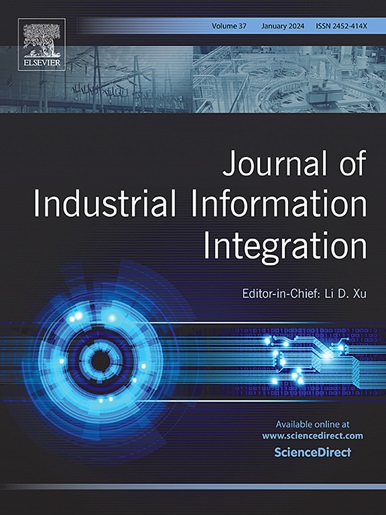Assessment and recognition of driver situation awareness in conditional autonomous driving: Integrating cognitive psychology and machine learning
IF 10.4
1区 计算机科学
Q1 COMPUTER SCIENCE, INTERDISCIPLINARY APPLICATIONS
引用次数: 0
Abstract
Driver Situation Awareness (SA) is crucial for the safety of conditional autonomous driving, posing a significant human factors challenge for the automotive industry in its pursuit of intelligent driving systems. To guide future automotive system design and enhance Human–Machine Interaction (HMI), the present paper presents an interdisciplinary solution that achieves the assessment and recognition of driver SA by deeply integrating cognitive psychology theories and machine learning techniques. First, a takeover driving study was designed and conducted during the conditional autonomous driving phase. Various physiological and behavioral data were collected, along with information from measurement questionnaires. Next, a driver quantitative SA model was developed based on ACT-R and the actual allocation of the driver’s visual attention, accounting for both goal-directed and data-directed processing. For a comprehensive SA assessment, the results from this model and the questionnaires were combined and integrated as composite features. Using the K-means clustering algorithm and the silhouette coefficient method, the assessment of driver SA is achieved by clustering driver SA into two levels: low SA and high SA, overcoming the limitations of single information sources. Furthermore, by fusing physiological and behavioral data as well as visual attention levels as multimodal features, machine learning classifiers were employed for real-time recognition of driver SA, achieving the highest Accuracy of 93.29%. Finally, the validity of the experimental design was confirmed through RM-ANOVA analysis of the experimental conditions and SA indicators, and the effectiveness of the quantitative model was validated via correlation analysis between the model’s results and questionnaire outcomes. This research provides an innovative solution for driver SA assessment and recognition, offering valuable insights for developing safer HMI in intelligent vehicles and advancing industrial information integration within the automotive sector.
条件自动驾驶中驾驶员态势感知的评估与识别:认知心理学与机器学习的融合
驾驶员态势感知(SA)对有条件自动驾驶的安全性至关重要,对汽车行业追求智能驾驶系统提出了重大的人为因素挑战。为了指导未来的汽车系统设计,增强人机交互(HMI),本文提出了一种跨学科的解决方案,将认知心理学理论和机器学习技术深度融合,实现驾驶员SA的评估和识别。首先,设计并进行了条件自动驾驶阶段的接管驾驶研究。收集了各种生理和行为数据,以及来自测量问卷的信息。接下来,基于ACT-R和驾驶员视觉注意的实际分配,考虑目标导向和数据导向处理,建立了驾驶员定量SA模型。为了进行全面的SA评估,将该模型的结果与问卷的结果结合并整合为复合特征。利用K-means聚类算法和轮廓系数法,克服了单一信息源的局限性,将驾驶员SA分为低SA和高SA两个级别,实现了驾驶员SA的评价。此外,通过融合生理和行为数据以及视觉注意力水平作为多模态特征,采用机器学习分类器对驾驶员SA进行实时识别,准确率最高达到93.29%。最后,通过对实验条件和SA指标进行RM-ANOVA分析,验证实验设计的有效性,并通过模型结果与问卷结果的相关性分析,验证定量模型的有效性。本研究为驾驶员SA评估和识别提供了一种创新的解决方案,为开发更安全的智能汽车人机界面和推进汽车行业的工业信息集成提供了有价值的见解。
本文章由计算机程序翻译,如有差异,请以英文原文为准。
求助全文
约1分钟内获得全文
求助全文
来源期刊

Journal of Industrial Information Integration
Decision Sciences-Information Systems and Management
CiteScore
22.30
自引率
13.40%
发文量
100
期刊介绍:
The Journal of Industrial Information Integration focuses on the industry's transition towards industrial integration and informatization, covering not only hardware and software but also information integration. It serves as a platform for promoting advances in industrial information integration, addressing challenges, issues, and solutions in an interdisciplinary forum for researchers, practitioners, and policy makers.
The Journal of Industrial Information Integration welcomes papers on foundational, technical, and practical aspects of industrial information integration, emphasizing the complex and cross-disciplinary topics that arise in industrial integration. Techniques from mathematical science, computer science, computer engineering, electrical and electronic engineering, manufacturing engineering, and engineering management are crucial in this context.
 求助内容:
求助内容: 应助结果提醒方式:
应助结果提醒方式:


